These days, Mr. Nguyen Van Ut in Truong Long commune, Phong Dien district, Can Tho city has been pocketing millions of dong every day. This is surprising, because Mr. Ut is not the garden owner, but only works for hire to cut fruit.
Durian is gathered in a corner, waiting for traders to weigh.
“The contracted wage for traders is 1 million VND/day, and we have to pay for our own meals. But we have to ask for food from any garden where we go to cut durian.
The garden owner earns hundreds of millions, billions of dong from this crop, so meals for hired workers like me are not worth much. If they don't let us eat, we'll run to the market at noon and buy lunch boxes to eat," Ut said happily.
The hired cutters wore gloves and held Thai knives, cutting quickly. After cutting each fruit, they quickly passed it to the person in charge, then strained their eyes to find another fruit. Straining their eyes, because they had to choose ripe fruit, because during durian season, every tree was laden with fruit, and you could see it everywhere.
There are workers who do not charge 1 million VND/day but charge by the kilogram. That means for each kilogram of durian cut, the trader must pay the worker 700-1,000 VND. A good worker can normally cut 1.5 tons of fruit per day.
Previously, farmers waited for ripe fruit to fall before selling it. Now, as soon as the fruit is ripe, traders come in to buy it and inject it with liquefied petroleum gas to ripen it all at once.
Each garden, traders come in to cut a maximum of 3 times, then return the garden. Depending on the price of durian on the market, if the price is predicted to decrease in the near future, traders will cut even the nearly ripe fruits, fearing that the price will drop in the next batch.
Those who are not good at cutting durians wear gloves to catch the fruit. Those who cut them standing on the tree and throw them down have to use thick gloves to catch them. If they are too high, two people have to stretch out bags to catch them. The salary for catching the fruit is 700,000 VND/day.
>>> Clip of workers cutting and catching durian:
In Phong Dien, the gardens will only be in full harvest for about 15 more days. After that, the hired workers will go to other areas and harvest sporadically until all is gone. Durian only produces fruit once a year.
In recent days, the price of Ri6 durian bought at the garden in Phong Dien district has fluctuated around 50,000 VND/kg. The more expensive is Monthong durian, around 70,000 VND/kg.
Whenever the harvest day is near, the garden owner calls traders to come and see the durians, quote the price, pay a deposit, and then set a date to come and cut them. The hired cutters and fruit collectors are all paid by the traders, the garden owner only helps to transfer the durians to boats and pontoons (means of transport on rivers and canals - PV), and monitors the weight to see how many kilograms the total harvest is in order to calculate the payment.
“My garden this year probably yielded about 5 tons, about 250 million VND. There are about 7,000 square meters, but because it is only the second crop, it is not as much as others,” said Ms. Nguyen Van Ba, in Nhon Ai commune, Phong Dien district, Can Tho city.
About 2 months ago, the price of early season durian was 120,000-150,000 VND/kg, but at that time the gardeners did not harvest much. Now it is the peak harvest season, but the price is still about 10,000 VND/kg higher than last year, the farmers are very happy.
This year's durian price is about 10,000 VND/kg higher than last year.
With the current selling price and durian yield of 2-3 tons/1,000m2, farmers can earn a profit of 50-100 million VND/1,000m2.
Can Tho City has more than 24,589 hectares of fruit trees of all kinds, of which more than 2,960 hectares are durian.
According to the Department of Agriculture and Rural Development of Phong Dien district, this district alone has about 2,144 hectares of durian, the highest among districts in Can Tho.
Currently, there are many businesses, fruit warehouses in Can Tho city and traders from other provinces, especially from Tien Giang province, gathering in Phong Dien and Thoi Lai districts... to purchase durian.
However, in the first months of 2023, due to the fall in prices of oranges, mangoes, etc., farmers in many provinces and cities in the West are competing to cut down trees to plant durian. Therefore, without a stable output, durian prices in the coming years may decrease due to a sharp increase in supply.
>>> Clip recorded at private worm garden:
The durian is considered by many in Southeast Asia to be the "king of fruits". The durian is large, has a strong odor, and is covered with sharp thorns, weighing from 3-6kg each.
Durian flesh has a distinctive, strong, pungent odor, even when the rind is intact, which can cause allergic reactions in some people. However, durian flesh is sweet, fatty, and nutritious.
Some images recorded by reporters during the durian harvest season in Can Tho:
Durian is native to Southeast Asia.
Durian shell color green or brown
Durian grows evenly from top to bottom.
The remaining fruits are sold by farmers in front of their houses.
Convenient rural transportation, farmers sell durian at higher prices
Boats and boats transport durian from the garden, then load it onto trucks.
Before harvest day, many garden owners have to set up temporary tents to guard the garden for fear of thieves.
Quite beautiful scenery in the durian garden
Catch the freshly cut durian
Women follow the durian cutters to the garden to bring water, food...
The separated durian segments have a pretty eye-catching yellow color.
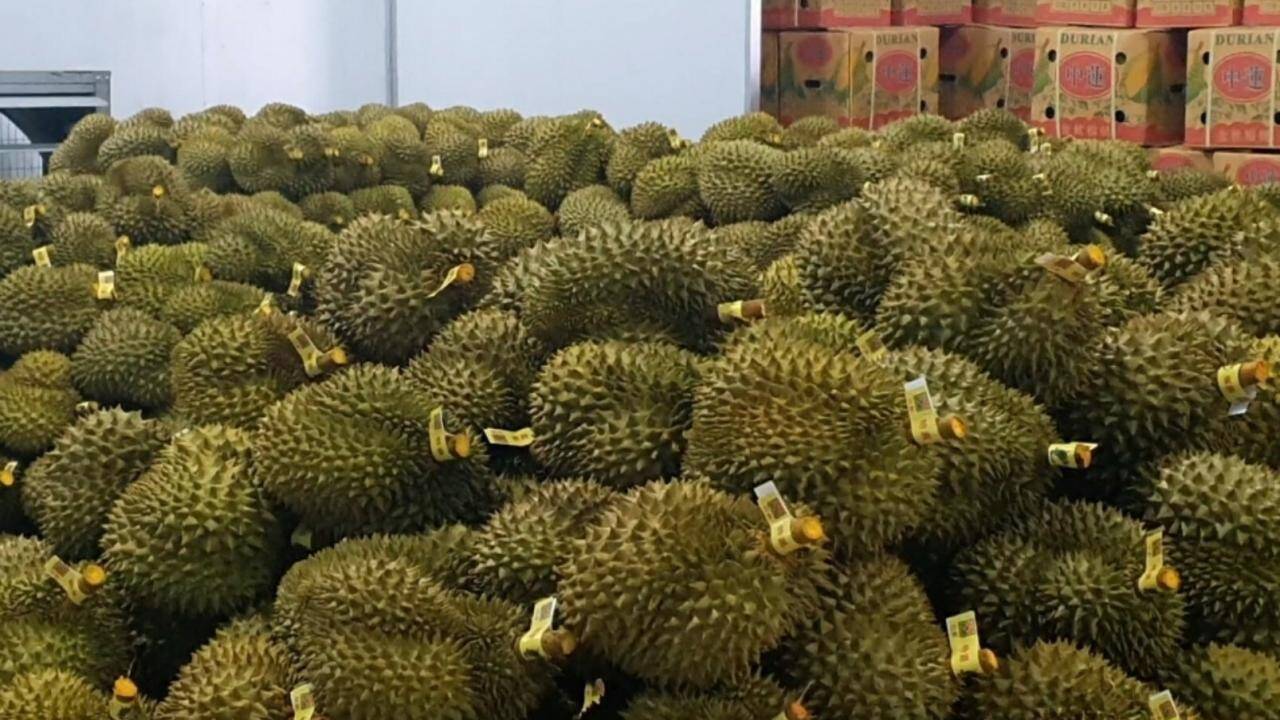
Source


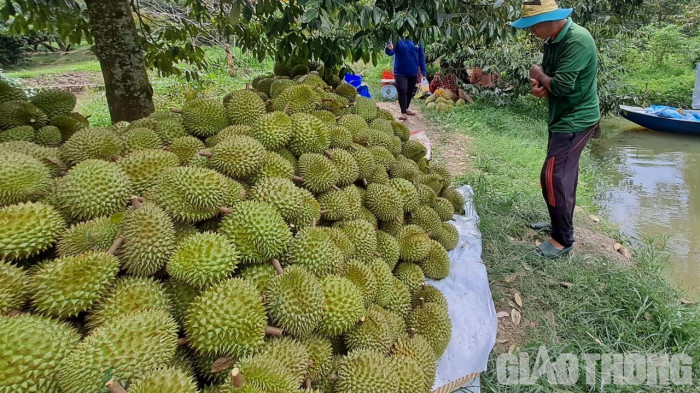
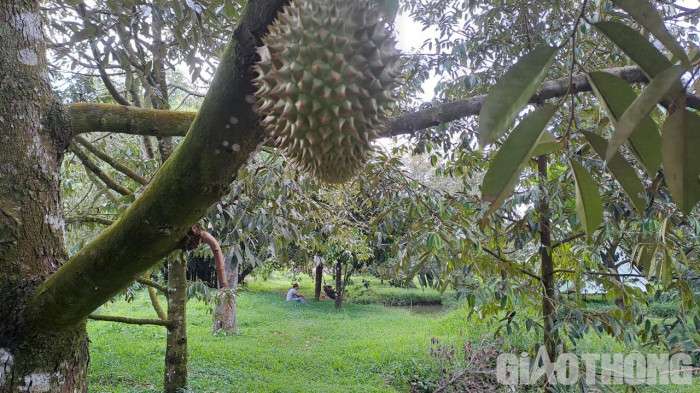
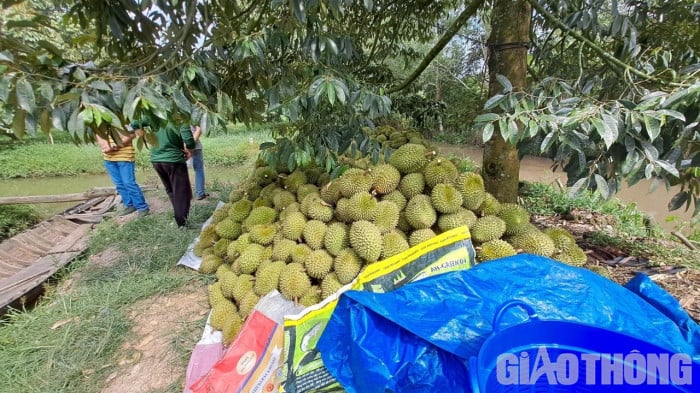
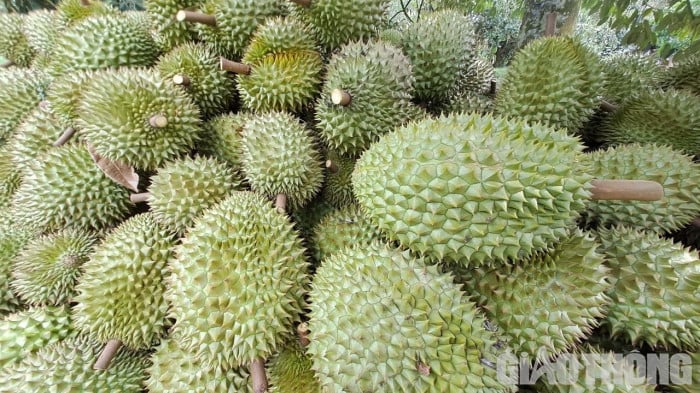
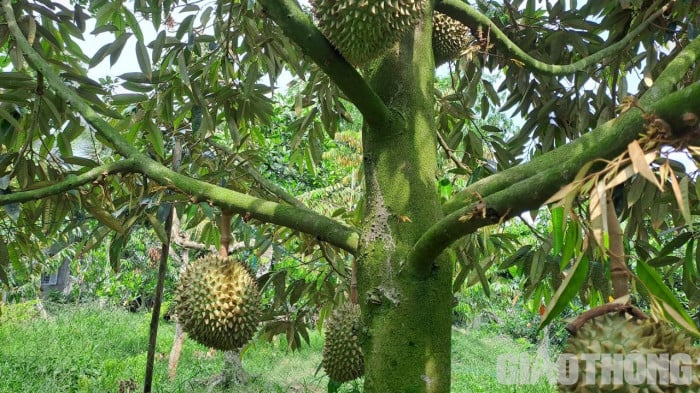
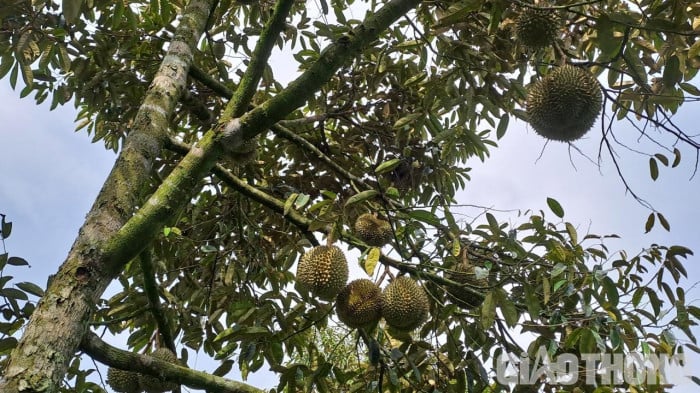
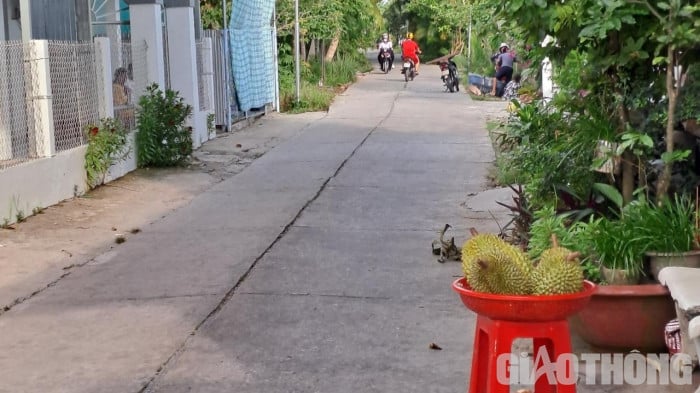
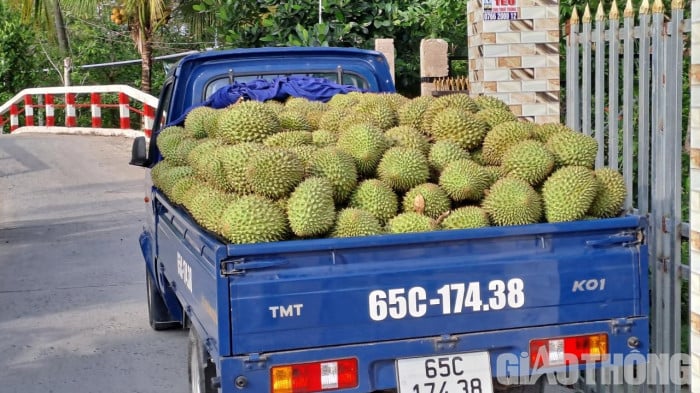
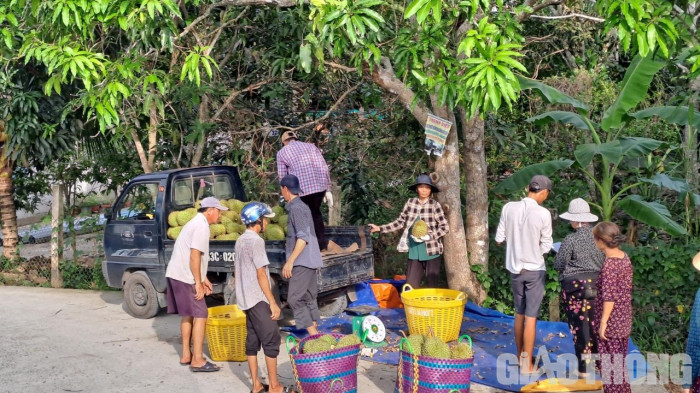
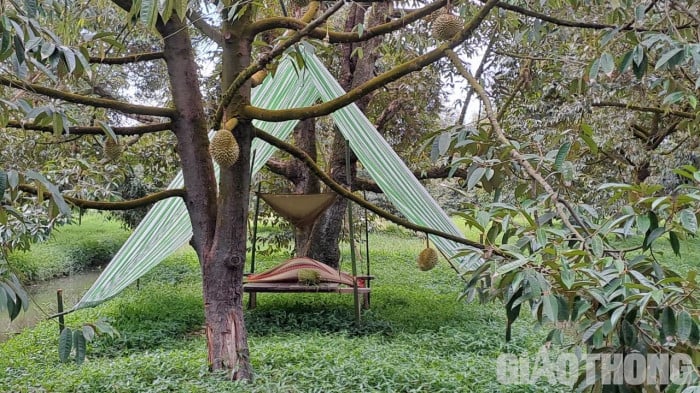
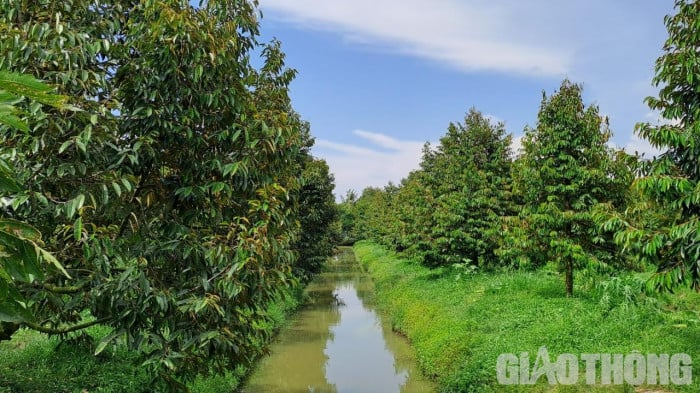
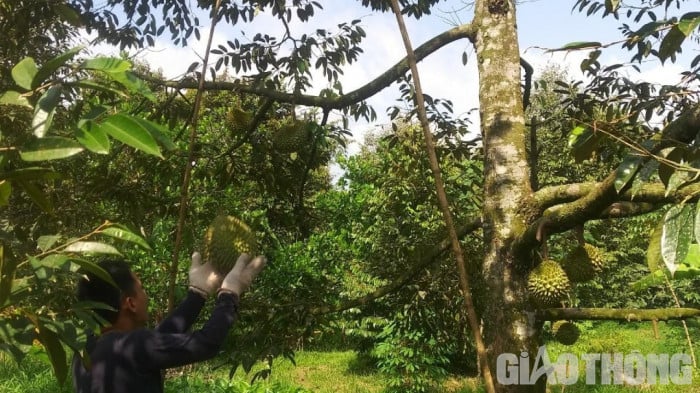
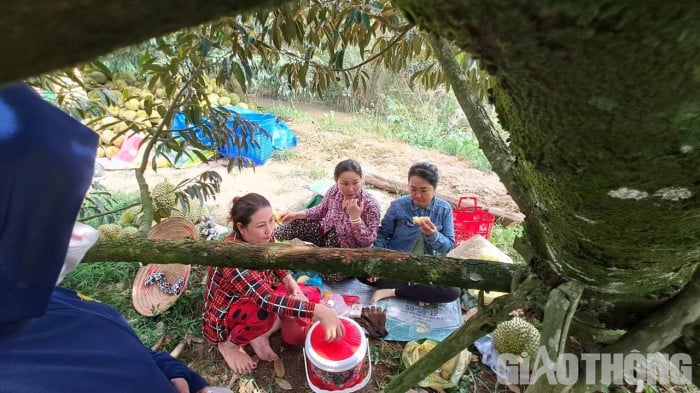
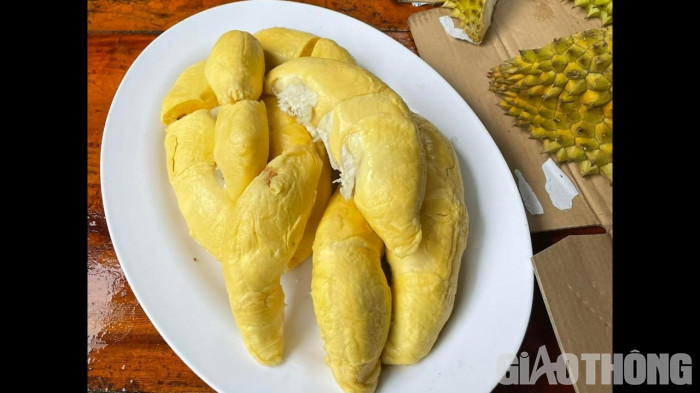
![[Photo] Solemn opening of the 8th Congress of the Central Public Security Party Committee, term 2025-2030](https://vphoto.vietnam.vn/thumb/1200x675/vietnam/resource/IMAGE/2025/10/4/f3b00fb779f44979809441a4dac5c7df)
![[Photo] Bustling Mid-Autumn Festival at the Museum of Ethnology](https://vphoto.vietnam.vn/thumb/1200x675/vietnam/resource/IMAGE/2025/10/4/da8d5927734d4ca58e3eced14bc435a3)






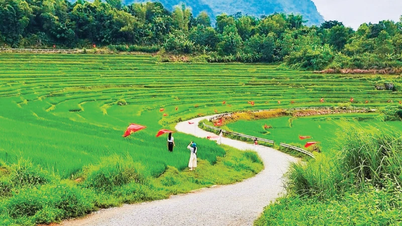


![[Photo] Bustling Mid-Autumn Festival in the ancient citadel - Son Tay Xu Doai](https://vphoto.vietnam.vn/thumb/402x226/vietnam/resource/IMAGE/2025/10/5/94e4ac8dae1a4739831202acd748b7fd)
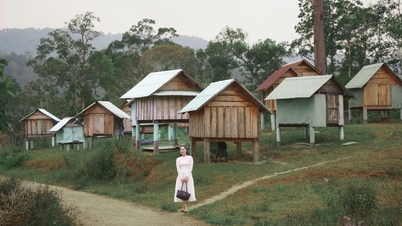
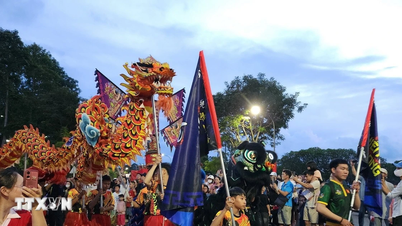












![[Photo] General Secretary To Lam attends the 8th Congress of the Central Public Security Party Committee](https://vphoto.vietnam.vn/thumb/1200x675/vietnam/resource/IMAGE/2025/10/4/79fadf490f674dc483794f2d955f6045)
























![[VIDEO] Summary of Petrovietnam's 50th Anniversary Ceremony](https://vphoto.vietnam.vn/thumb/402x226/vietnam/resource/IMAGE/2025/10/4/abe133bdb8114793a16d4fe3e5bd0f12)

![[VIDEO] GENERAL SECRETARY TO LAM AWARDS PETROVIETNAM 8 GOLDEN WORDS: "PIONEER - EXCELLENT - SUSTAINABLE - GLOBAL"](https://vphoto.vietnam.vn/thumb/402x226/vietnam/resource/IMAGE/2025/7/23/c2fdb48863e846cfa9fb8e6ea9cf44e7)
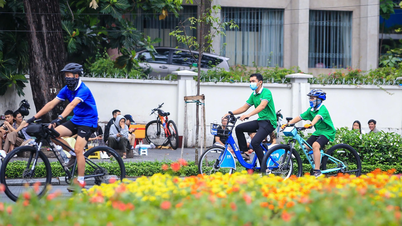

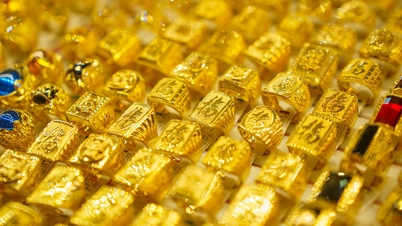


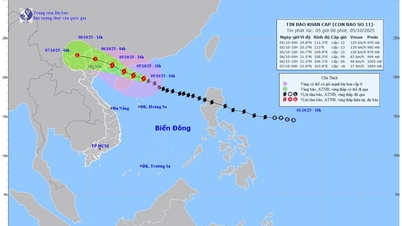












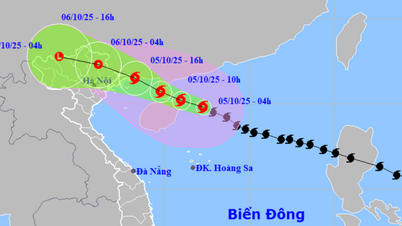

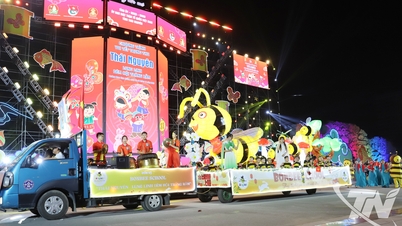


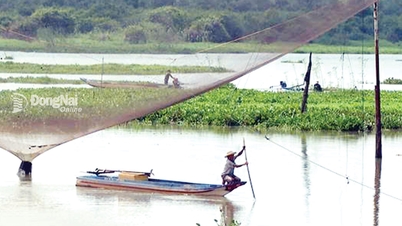

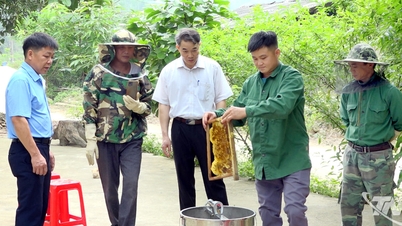









Comment (0)